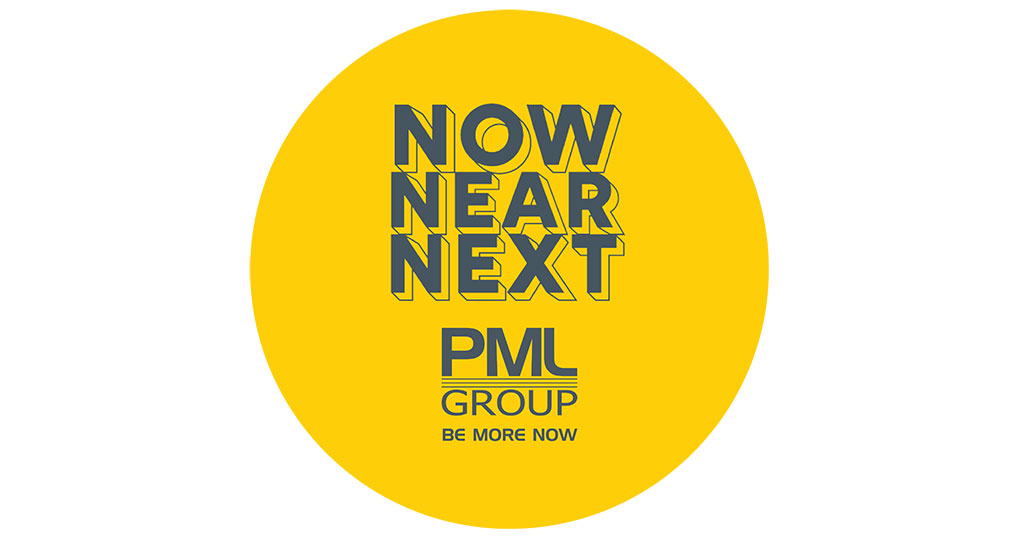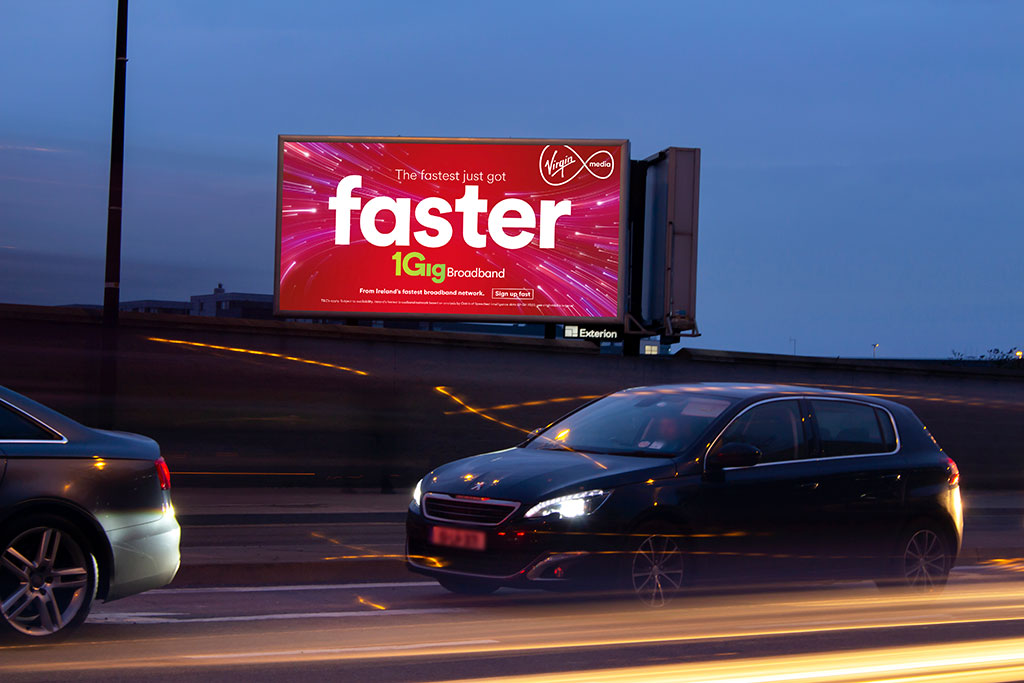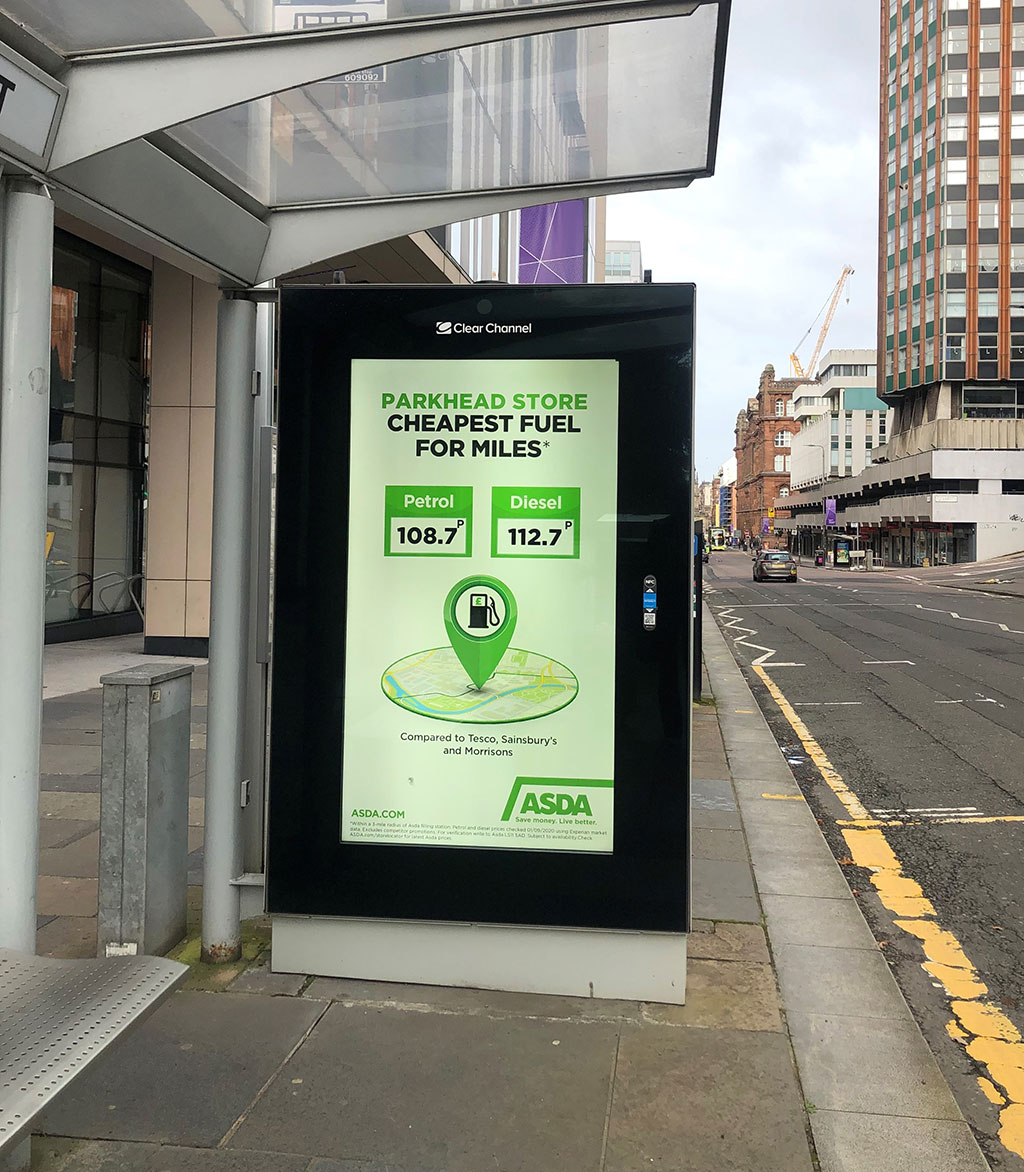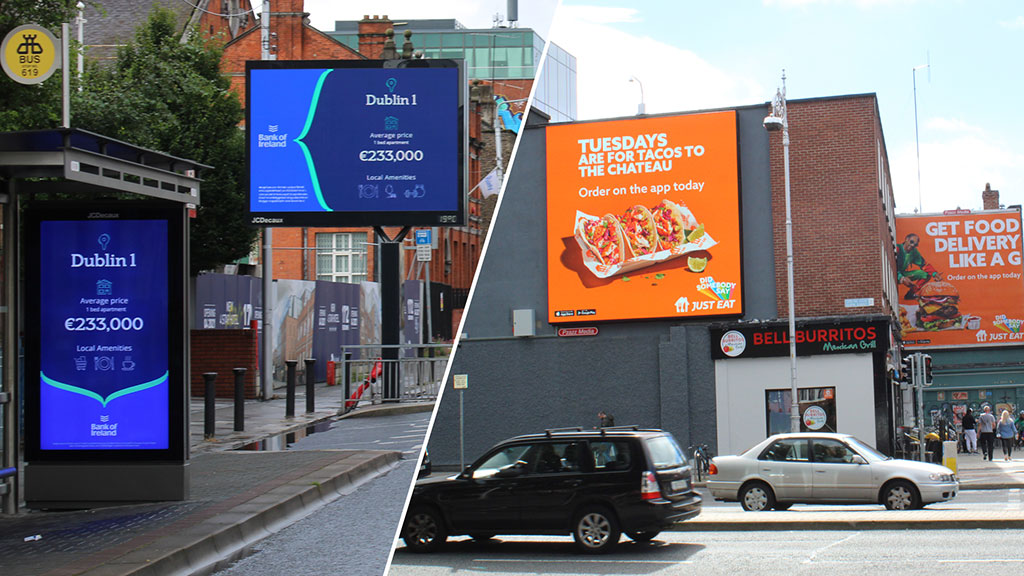
Colum Harmon, marketing director, PML Group on how OOH’s increased responsiveness means greater opportunity for brands.
“Always move fast, you never know who’s catching up” – Terry Pratchett, Going Postal
Hasn’t time flown? More than two hundred days since the metaphoric rug was pulled from under us. Two hundred days since the entire marketing and advertising industry was challenged like never before. But those weeks and months have passed quickly, as time tends to. Recovery is underway, audiences are returning to places they had withdrawn from. Behaviours that shifted so radically continue to evolve. The data tells us so. Over the course of the pandemic in Ireland, our team at PML Group has highlighted dozens of sources of mobility and audience behaviour that shows this shift and which we have illustrated in this Now Near Next series. But it’s all happened at pace. Rapid change is happening all around us. It always has but it is clear and present in our lives every day now.

As a result, speed is a highly valuable currency in media now. And it is speed that we believe will accelerate our medium’s recovery and catapult it into an exciting future. Speed fuels agility and flexibility and it is giving Out of Home a voice in conversations that would have bypassed it in another era. Speed is an asset that can help brands and OOH must be there to help brands now. Consumers’ expectations of brands in 2020 does not allow for protracted contemplation anymore. The Black Lives Matter movement has shown how brands must be able to react in the most fundamental way to shifting perceptions around their values and heritage. In some cases, brands have implemented name changes, but those cases are at the extreme. More and more though, brands need agility and speed in their media choices to react quickly to changing events in the physical and online world. But not only when things go wrong or in response to a pandemic.
Globally, the Covid crisis has highlighted the strengths of Digital and Dynamic OOH advertising but its now incumbent on specialists, agencies and advertisers to engage dynamic, relevant content a lot more in order to complement OOH’s classic power. Digital has changed the OOH proposition. Classic OOH attributes such as scale and impact are now matched by agility and flexibility, at moments that matter in the real world. Our digital content management platform, Liveposter, has reset OOH limits. The possibilities for responsive campaigns measured in hours rather than weeks are real and game changing. Digital OOH that runs through a programmatic platform such as Liveposter allows for dynamic creative optimisation at scale, fueled by data and insight. The traditionally powerful brand building medium is now also a response building channel. In a great example of such a campaign, Asda automatically displayed OOH ads at UK sites where its nearby service stations beat competitor fuel prices, showing how new tech can ease in new marketing tactics. These comparisons were updated in real time.

The retailer showcased this fascinating use of OOH on the programmatic platform of our global network, Posterscope. The Drum reported that ‘it hints at the many new applications we could be seeing in the rapidly innovating digital out of home (DOOH) space.’
These attributes in OOH are important in many ways:
- They make the medium more powerful by engaging audiences with the right message at the right time and in the right place
- It gives more control to the advertiser by shaping output through scheduled events or real time data
- It helps brands progress their marketing agenda by finding competitive advantage through the use of their own data, facilitated quickly by tech platforms such as Liveposter.
As we adapt to live with the possibility of localised restrictions, this ability to ‘think globally, act locally’ is more fitting than ever. This series highlighted the importance of context for OOH some months ago and, in that time, consumer journeys out of home have become more considered and with a more definite purpose in mind. But regardless of events outside our control, advertisers have a real opportunity to create more effective advertising on OOH. The Moments of Truth, a groundbreaking study on the effectiveness of relevance in OOH advertising from Posterscope, JCDecaux and Clear Channel in the UK, used neuroscience, eye tracking and sales data to conclude a +17% increase in effectiveness for campaigns using relevant content such as location, weather or time. Our own iQ research in this market, conducted by Ipsos MRBI, discovered agreement levels of more than 60% among respondents regarding dynamic OOH advertising making a brand more appealing, making an ad more noticeable, making a brand appear innovative and giving them an edge over their competitors.
We can be proud of standout examples in this market over recent weeks that speak to these points exactly. Bank of Ireland infused local property prices supplied by daft.ie to layer context into their mortgage campaign while JUST EAT incorporated day part, time of the week and weather triggers to generate one hundred and sixty individual designs delivered across four digital OOH formats. In both cases these layers of relevance were added to a powerful base of classic, high impact, coverage building placements.

This more sophisticated, nuanced approach is all the more beneficial at a time now when marketers need to do more with less. This nuance in creative approach is also reflected in the overall OOH package. Marketers can stop, start and adjust campaigns at much shorter notice and with greater turnaround time. Out of Home has been redefined in more ways than one. Digitisation now means approximately 30% of inventory can be accessed and controlled at the touch of a button. And it’s not complicated!
Back in January, we published our Vision for 2020. We spoke of the realm of ‘next’ that provides us with a myriad of opportunities to build, sculpt, code, and invent the future of OOH. We stated that the future will be whatever those that dare to dream, to create, to invent, to question, to analyse, to think…decide it will be. We said it was buildable. Reassuringly, Covid-19 has changed none of those sentiments. In fact, in the research and examples above we can see that the construction of that future is well under way, underpinned by an architecture of smart technology and with those key materials of audience, effectiveness and, increasingly, speed.




















